Agave sisalana
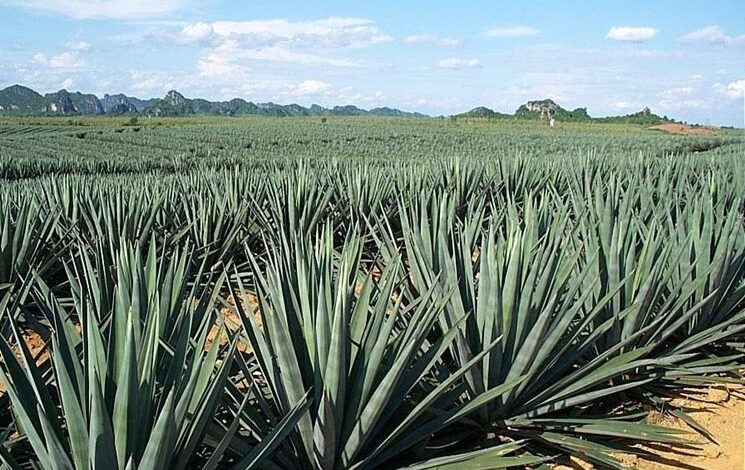
Main characteristics of the sisalana agave
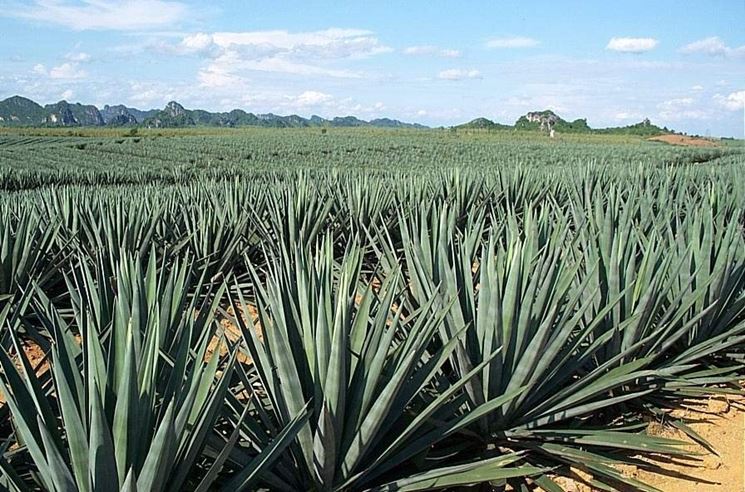
Fertilization and repotting
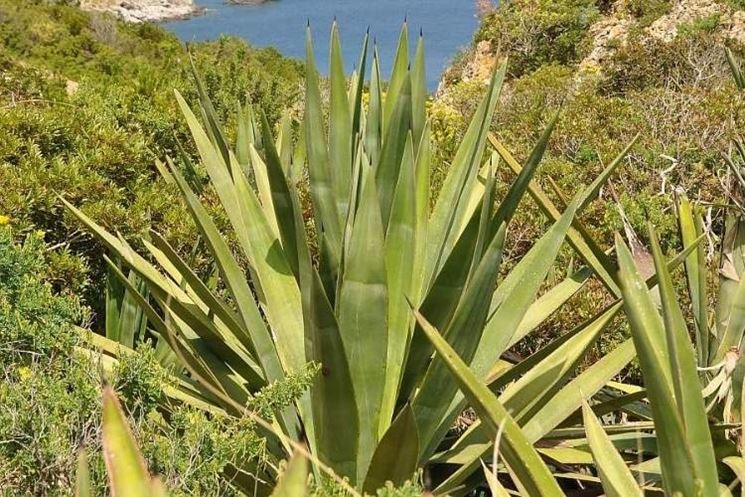
If you have a pot-grown agave sisalana it is advisable to replace the container and soil at least once every two or three years at the most. In some varieties the roots tend to occupy all the available space, becoming more and more voluminous and suffocating the internal ones. In the long run this phenomenon can lead to death. To check the state of the root system, it is necessary to carefully extract the plant from its container. Equip yourself with a pair of gloves sturdy enough to avoid piercing your hands with its sharp thorns. Get a pot that has twice the capacity of the previous one and place the agave in it after filling it with fertile soil and river sand. abundantly to help the soil compact.
The natural vegetative cycle of the agave
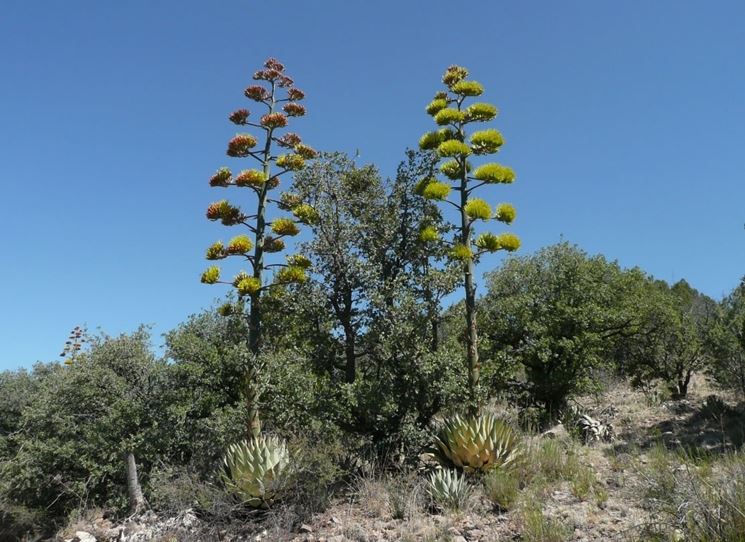
Agave sisalana is also called the princess because it develops leaves of different colors with an elegant shape. They are characterized by having a rapid natural vegetative cycle. The leaves grow relentlessly to a considerable size in the larger varieties. Rapid development, however, jeopardizes the very health of the plant because in a few years it runs out due to too much energy spent and dies. In recent years, hybrid varieties have been created precisely with the aim of obtaining longer-lived plants. some positive results have been obtained by obtaining specimens that have a slightly less vigorous growth. If you want to put a large sisalana agave plant in your garden, make sure there are no other plants nearby – they could get suffocated.
Agave sisalana: Reproduction
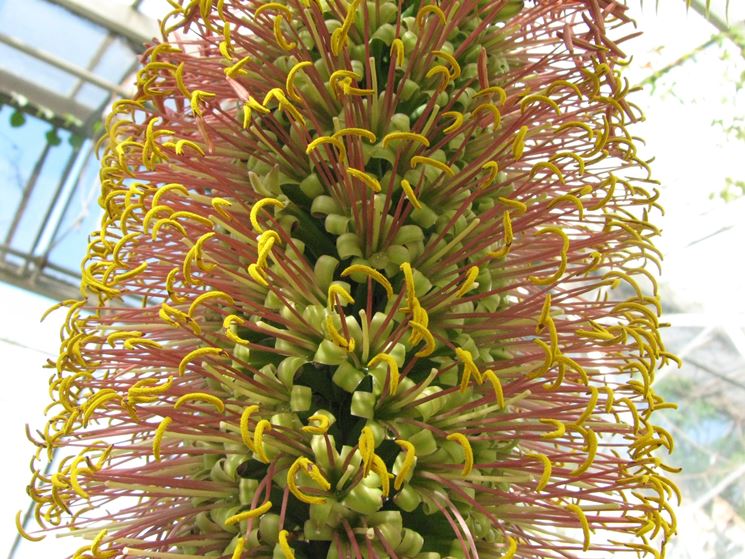
For those who love to see their garden always in bloom, sisalana agave is not the ideal plant to grow. In fact, like other varieties of succulents, it blooms only once in the course of its existence and this happens at an advanced age. After flowering the plant dies but the suckers remain viable and start a new life cycle.The agave blooms are spectacular and some have colorful and aromatic inflorescences. The flowers create shoots that remain along the stem of the leaves known as bulbils. these can be gently picked up and planted directly in the ground or in pots. They will give life to new seedlings that will quickly reach large sizes. In this way, a large quantity of agave sisalana can be obtained from the mother plant that is dying.




